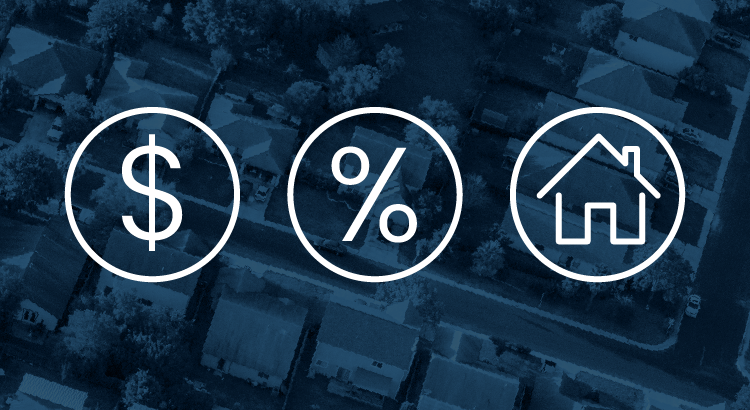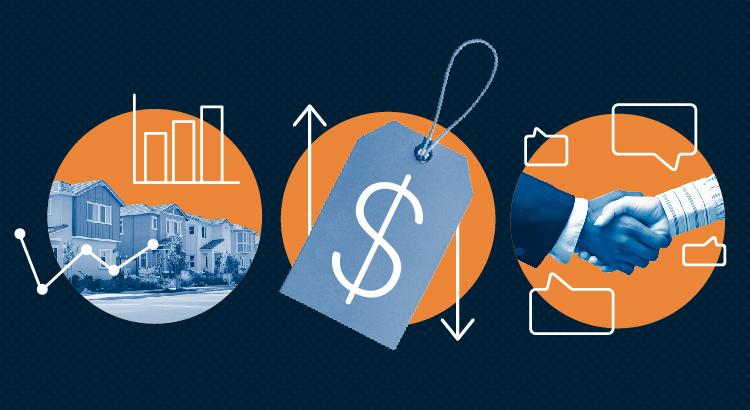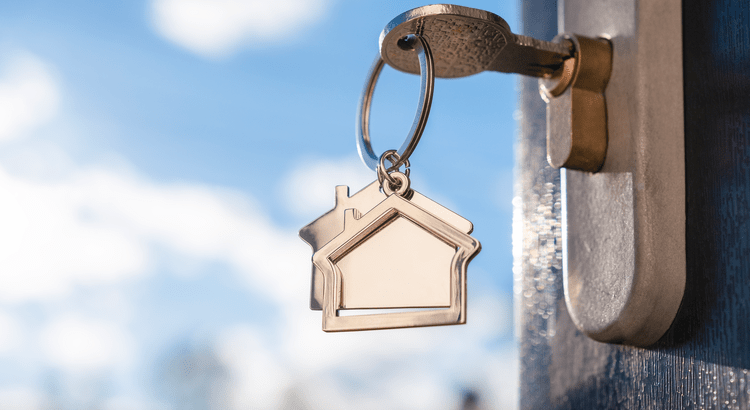Blog
Category: Interest Rates

If your listing expired and your house didn’t sell, it’s totally natural to feel a mix of frustration and disappointment.

Wondering what the second half of the year holds for the housing market? Here’s what expert forecasts say.

Should you buy a home now or should you wait?

You want your house to sell fast. And you may be wondering how long the whole process is going to take.

As we move into the second half of 2024, here’s what experts say you should expect for home prices, mortgage rates, and home sales.

Considering selling your house without an agent? You should know there are some serious downsides to handling it on your own.





